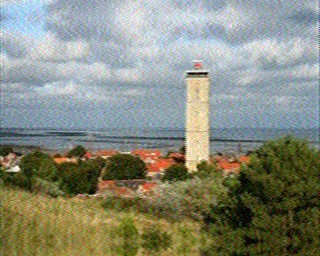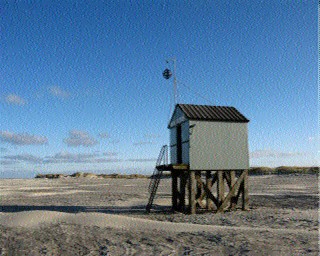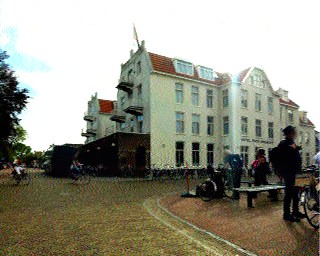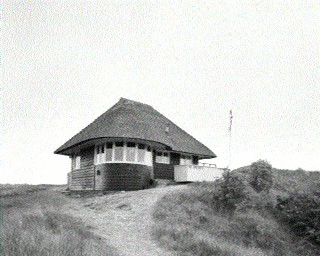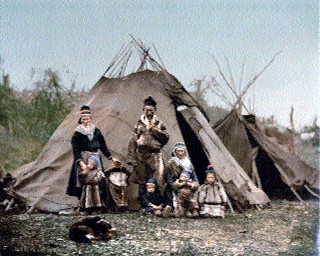http://www.rhci-online.net/radiogram/radiogram.htm

RSID: <<2019-02-
16T13:30Z
MFSK-64 @
11600000+1500>>
Unusual heavy snow has hit Washington state, in US Pacific
northwest ...
Sending Pic:139x105C;
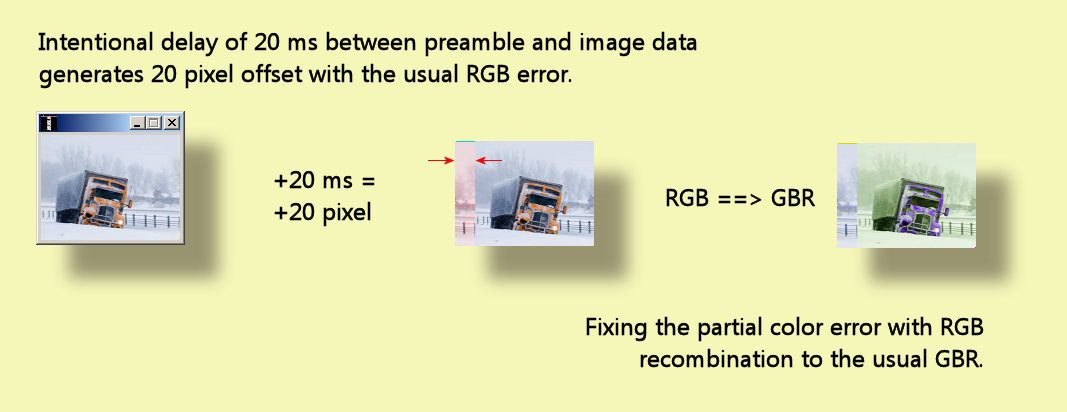
From
bit.ly/2Dsp38w
Please report decode to
themightykbc@gmail.com
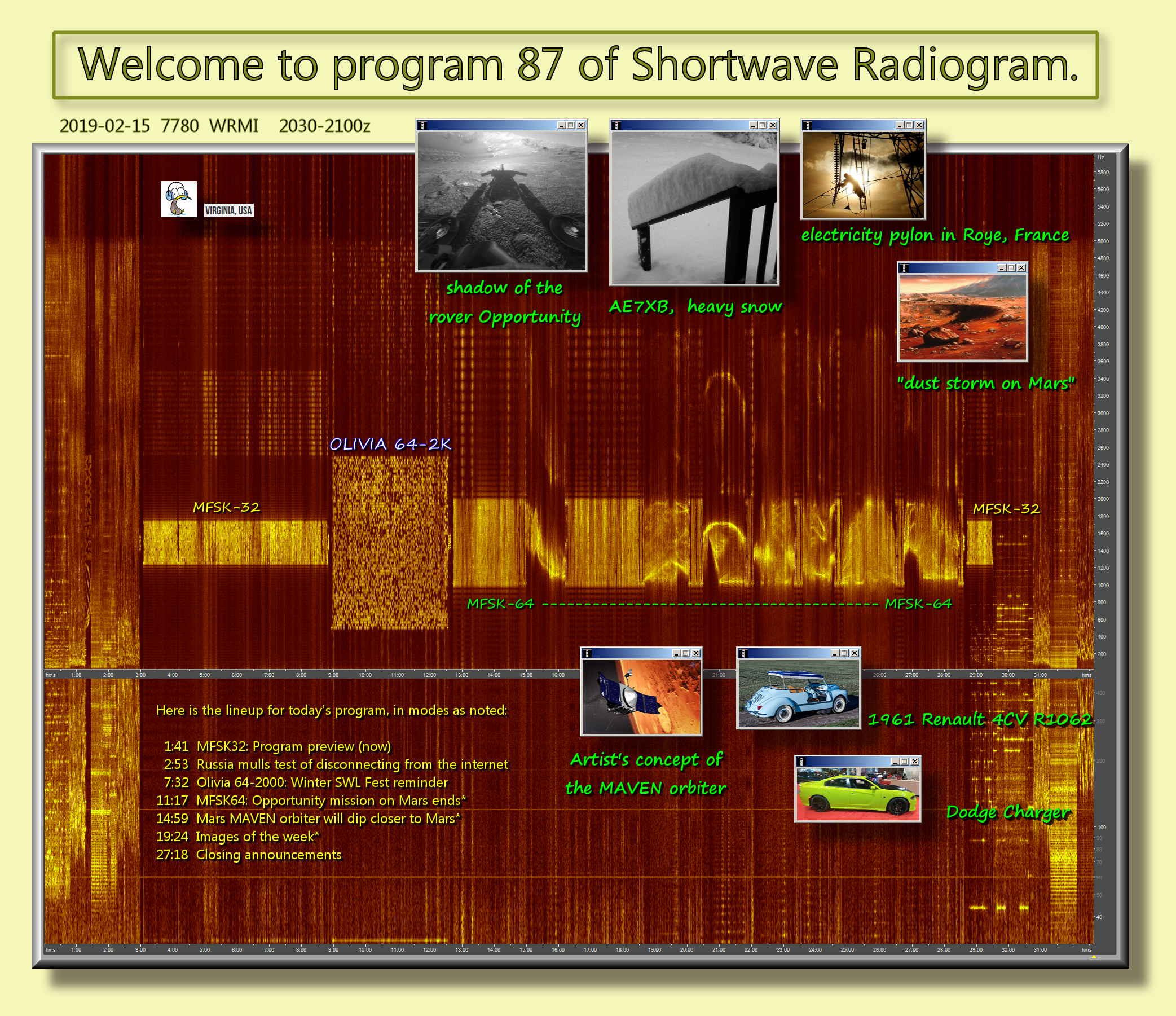

RSID: <<2019-02-
15T20:31Z
MFSK-32 @
7780000+1500>>
Welcome to program 87 of Shortwave Radiogram.
I'm Kim Andrew Elliott in Arlington, Virginia USA.
Here is the lineup for today's program, in modes as noted:
1:41 MFSK32: Program preview (now)
2:53 Russia mulls test of disconnecting from the internet
7:32 Olivia 64-2000: Winter SWL Fest reminder
11:17 MFSK64: Opportunity mission on Mars ends*
14:59 Mars MAVEN orbiter will dip closer to Mars*
19:24 Images of the week*
27:18 Closing announcements
* with image(s)
Please send reception reports to
radiogram@verizon.net
And visit http://swradiogram.net
Twitter:
@SWRadiogram
From Radio Free Europe/Radio Liberty:
Russia Mulls Disconnecting From Internet In Test Of Cyberdefenses
11 February 2019
Russia is planning to temporarily disconnect from the global
Internet in the coming weeks as it tests its defenses against
cyberattacks.
Russian media reported on February 11 that the test, which will
cut off all data routes connecting Russia to the outside
cyberworld, will occur before April 1, though a firm date has yet
to be set.
A bill was submitted to the State Duma on December 14 on the need
to ensure the autonomous operation of the Russian segment of the
Internet if there is no access to foreign servers.
Once approved, the legislation will require the local Internet,
known as the RUnet, to pass through exchange points managed by
Russia's telecommunications regulator, Roskomnadzor.
A note attached to the bill explained that the draft amendments
to the Law on Communications were worked out "taking into
consideration the aggressive nature of the September 2018 U.S.
national cybersecurity strategy," in which "Russia directly and
without any evidence is accused of cyberattacks."
Once in force, the system will protect Russia in the event of
cyberwar while also filtering Internet traffic to the country.
According to the bill, "technical devices" will be installed in
the Russian segment of the Internet to locate traffic sources.
Those "technical devices" will be used when necessary to limit
access to online resources with banned information," the bill
says.
Russia will also establish its own national domain-name-server
(DNS) system -- a decentralized naming system for computers,
services, or other resources connected to the Internet or a
private network, which will help to identify computers from which
data is being added to the Internet.
Interfax reported on February 11 that a bill on the steady
operation of the RUnet has been included in the February 12
agenda of the State Duma session.
In March last year, Putin's then-Internet adviser, German
Klimenko, said Russia would be prepared with its own segment of
the Internet should Western countries seek to punish it by
cutting off all access.
Russia has been accused of carrying out cyberattacks and of using
the Internet -- particularly social networks such as Facebook and
Twitter -- to attempt to sow discord and interfere in elections
in the West.
In response, social networks have been aggressively seeking out
so-called "troll farms" which use deceptive accounts to spread
false information.
With reporting by The Independent, Interfax, and ZDNet
https://www.rferl.org/a/russia-mulls-disconnecting-from-internet-in-test-of-cyberdefenses/29764345.html
See also:
https://www.rferl.org/a/russian-bill-on-autonomous-operation-of-internet-advances-in-duma/29765882.html
https://www.dw.com/en/kremlin-aims-to-unplug-russian-internet-from-world-wide-web/a-47479169
Shortwave Radiogram now changes to Olivia 64-2000 ...
RSID: <<2019-02-15T20:37Z
OL 64-2K @
7780000+1500>>
This is Shortwave Radiogram in Olivia 64-2000
Another reminder that the Winter SWL Fest will be 28 Feb to 2 Mar
near Philadelphia. I will be there to demonstrate Shortwave
Radiogram and visit radio friends. It's OK to register at the
door, although banquet attendance requires some advance notice.
Information at www.swlfest.com.
The Fest is sponsored by NASWA, the North American Shortwave
Association: www.naswa.net.
And there will be another round of SSTV from the International
Space Station this weekend, Friday 0845 to Sunday 1725 UTC,
145.8 MHz (FM).
Changing to MFSK64 ...
RSID: <<2019-02-15T20:41Z
MFSK-64 @
7780000+1500>>
This is Shortwave Radiogram in MFSK64
Please send your reception report to
radoiogram@verizon.net
From the Voice of America:
Mars Rover's Mission Finally Over, NASA Says
13 February 2019
"I declare the Opportunity mission is complete," NASA official
Thomas Zurbuchen said Wednesday of the U.S. Mars rover mission
that outlasted its projected life span by more than 14 years.
The Opportunity rover succumbed to a Martian dust storm and lost
contact with Earth nearly eight months ago. NASA finally gave up
on it after more than 800 attempts to re-establish contact.
Zurbuchen, associate administrator for science at the National
Aeronautics and Space Administration, said at a news conference
at the space agency's Jet Propulsion Laboratory in Pasadena,
Calif., that he shared the news "with a deep sense of
appreciation and gratitude."
Opportunity was launched in 2003 and reached Mars a year later,
close on the heels of its "twin," a rover named Spirit. Both
rovers, roughly the size of golf carts, were tasked with
activities that would last about 90 days, but both far outlasted
their original missions, spending years exploring the planet's
rocky terrain while using solar panels for engine power.
First to fall silent
Spirit got stuck in 2009 and stopped communicating with NASA a
year later. It is believed to have shut down for good during the
harsh Martian winter.
Opportunity continued to explore until last year when a dust
storm consumed the entire planet and blocked communication with
Earth.
NASA scientists said they had hoped the wind would eventually
clear debris off Opportunity's solar panels and allow it to power
up and re-establish contact. But repeated attempts to reach the
rover failed.
Late Tuesday, NASA scientists made one last try to reach it. By
Wednesday, the agency announced the long mission was finally
over.
"It was an incredibly somber moment," NASA scientist Tanya
Harrison told The New York Times.
At the end, the rover had covered a distance of 45.16 kilometers
(28.06 miles) — a little longer than a marathon.
But NASA's work on Mars continues. The rover Curiosity has been
exploring another part of the planet since 2012.
Next year, two more rovers - one from China and one from a
combined effort by Russia and the European Union - are expected
to begin their own voyages to the Red Planet.
https://www.voanews.com/a/mars-rover-mission-finally-over-nasa-says/4785792.html
See also:
https://www.dw.com/en/nasa-bids-farewell-to-historic-mars-rover-opportunity/a-47509863
https://www.sciencenews.org/article/nasa-mars-opportunity-rover-dead
Image: This 2004 photo shows the shadow of the rover Opportunity
in the Meridiani Planum region of Mars ...
Sending Pic:297x245;
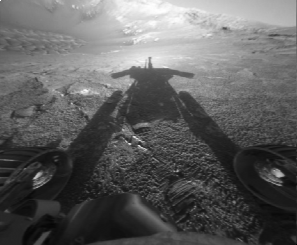
This is Shortwave Radiogram in MFSK64
Please send your reception report to
radoiogram@verizon.net
From New Atlas:
MAVEN Mars orbiter goes low to support 2020 rover mission
David Szondy
12 February 2019
NASA's Mars Atmosphere and Volatile Evolution (MAVEN) orbiter is
taking on a new job as it shifts into a lower orbit to act as a
communications relay for the Mars 2020 mission slated to launch
next year. Under commands from mission control, the unmanned
science probe will dip into the upper layers of the Martian
atmosphere, which will slow it down and reduce its apogee (or
highest altitude) from 3,850 to 2,800 mi (6,200 to 4,500 km).
For the past four years, MAVEN has been busy studying the Martian
atmosphere, its mechanisms, and why the atmosphere is slowly
escaping into space. To achieve this, the spacecraft was placed
in an eccentric orbit that took it out as lq tkb850 mi (6,196
km) from the planet's surface, and as close in as 93 mi (150 km).
So this isn't completely new territory for Maven. The orbiter has
actually dipped into the atmosphere on nine previous occasions to
gather data. This means that MAVEN is capable of a maneuver known
as aerobraking. That is, by firing its thrusters, the spacecraft
can be made to skim into the upper reaches of the Martian
atmosphere, slowing it down and causing its orbit to gradually
decrease by about 1,000 mi (1,700 km).
According to NASA, this shift in the orbit will not only bring
MAVEN closer to Mars, but it will decrease its orbital period, so
it will circle the Red Planet 6.8 times per day instead of 5.3
times. This means that MAVEN will be in a better position to
relay data to and from the Mars 2020 rover and make contact more
often using its ultra high-frequency radio transceiver.
MAVEN was originally intended to operate for two years, but the
spacecraft is continuing to operate normally, and mission control
is managing its fuel on the assumption it will continue to
function until 2030. Meanwhile, it will carry on with both its
atmospheric studies and its new relay duties.
NASA says that the aerobraking maneuver will take place over the
next two and a half months, or 360 orbits. Once the thrusters
have set the craft on its new trajectory, the atmosphere will do
the rest of the work.
"The MAVEN spacecraft has done a phenomenal job teaching us how
Mars lost its atmosphere and providing other important scientific
insights on the evolution of the Martian climate," says Jim
Watzin, director of NASA's Mars Exploration Program. "Now we're
recruiting it to help NASA communicate with our forthcoming Mars
rover and its successors."
Source: NASA
https://newatlas.com/maven-mars-orbiter-moves-in-2020-mission/58451/
See also:
https://www.nasa.gov/feature/goddard/2019/nasa-s-maven-spacecraft-shrinking-its-mars-orbit-to-prepare-for-mars-2020-rover
Image: Artist's concept of the MAVEN orbiter ...
Sending Pic:209x131C;

This is Shortwave Radiogram in MFSK64
Please send your reception report to
radiogram@verizon.net
This week's images:
Our listener and friend Mike, AE7XB, experienced unusually heavy
snow at his home in western Washington ...
Sending Pic:293x269;
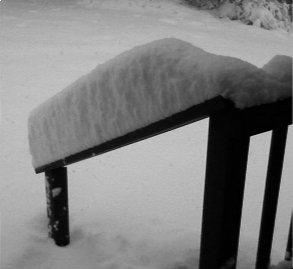
This 1961 Renault 4CV R1062 Beach car was sold at the 2019
Retromobile auction in Paris ...
Sending Pic:213x119C;

A Dodge Charger in "mean green" at the Chicago Auto Show. From
bit.ly/2RZblPX ...
Sending Pic:217x92C;

A technician works on an electricity pylon in Roye, France. From
bit.ly/2SyZo8Q ...
Sending Pic:214x152C;

Our painting of the week is "On the edge of a dust storm" -- on
Mars -- by Ludek Pesek. From
bit.ly/2V5cDLl
...
Sending Pic:224x151C;

Shortwave Radiogram now returns to MFSK32 ...
RSID: <<2019-02-15T20:57Z
MFSK-32 @
7780000+1500>>
This is Shortwave Radiogram in MFSK32 ...
Transmission of Shortwave Radiogram is provided by:
WRMI, Radio Miami International, http://wrmi.net
WINB Shortwave, http://www.winb.com/
and
Space Line, Bulgaria, http://spaceline.bg
Please send reception reports to
radiogram@verizon.net
And visit http://swradiogram.net
Twitter:
@SWRadiogram
I'm Kim Elliott. Please join us for the next Shortwave
Radiogram.
http://www.rhci-online.net/radiogram/radiogram.htm
click
to enlarge


RSID: <<2019-02-16T13:03Z
MFSK-32 @
6070000+1500>>
RSID: <<2019-02-16T13:03Z
MFSK-32 @
6070000+1500>>
Slow Scan Radio February 16th, 2019, Episode 26
Good afternoon to everyone listening.
Today we will have a broadcast with MFSK images, and 15 or 16 SSTV images.
Fldigi and SSTV must have autoswitching on.
Info on the show:
Mail: x@xdv.me
Web: www.slowscanradio.com
Mastodon: @PA0ETE@wokka.be
Twitter: @SlowScanRadio
Slow Scan Radio is sponsored by 70MHzshop.nl
de k
RSID: <<2019-02-16T13:28Z
MFSK-64 @
6070000+1500>>
RSID: <<2019-02-16T13:28Z
MFSK-64 @
6070000+1500>>
Please also listen to SW Radiogram on 9400 kHz, just half an hour after this
show!
Shortwave Radiogram Transmission Schedule
UTC Day UTC Time Frequency Transmitter site
Friday 1500-1530 UTC 13690 kHz DRM* WINB Pennsylvania
Friday 2030-2100 UTC 7780 kHz WRMI Florida
Saturday 0330-0400 UTC 9265 kHz WINB Pennsylvania
Saturday 1400-1430 UTC 9400 kHz Space Line Bulgaria
Saturday 1830-1900 UTC 9265 kHz WINB Pennsylvania
Sunday 0800-0830 UTC 5850 kHz 7730 kHz WRMI Florida
Sunday 2330-2400 UTC 7780 kHz WRMI Florida
Another show with data:
The Mighty KBC transmits to Europe Saturdays at 1300-1400 UTC on 11600 kHz from
Bulgaria, with the minute of MFSK at about 1330 UTC (if you are outside of
Europe, listen via websdr.ewi.u
twente.nl:8901/ ). And to North America Sundays at 0000-0200 UTC (Saturday 7-9
pm EST) on 5960 kHz, via Germany. The minute of MFSK is at about 0130 UTC.
Reports to Eric: themightykbc@g
mail.com . See also http://www.kbcradio.eu/
and
https://www.facebook.com/TheMightyKbc/.
If you're listening to one of the websdr's, quite often results with SSTV will
be better with kiwisdr's. You can find an overview of those on
www.sdr.hu
Info and copyrights etc. will be on
www.slowscanradio.com this week.
de k
RSID: <<2019-02-16T13:29Z
20xPSK63R
@
6070000+1500>>
Please also listen to SW Radiogram on 9400 kHz, just half an hour after this
show!
Shortwave Radiogram Transmission Schedule
UTC Day UTC Time Frequency Transmitter site
Friday 1500-1530 UTC 13690 kHz DRM* WINB Pennsylvania
Friday 2030-2100 UTC 7780 kHz WRMI Florida
Saturday 0330-0400 UTC 9265 kHz WINB Pennsylvania
Saturday 1400-1430 UTC 9400 kHz Space Line Bulgaria
Saturday 1830-1900 UTC 9265 kHz WINB Pennsylvania
Sunday 0800-0830 UTC 5850 kHz 7730 kHz WRMI Florida
Sunday 2330-2400 UTC 7780 kHz WRMI Florida
Another show with data:
The Mighty KBC transmits to Europe Saturdays at 1300-1400 UTC on 11600 kHz from
Bulgaria, with the minute of MFSK at about 1330 UTC (if you are outside of
Europe, listen via websdr.ewi.u
twente.nl:8901/ ). And to North America Sundays at 0000-0200 UTC (Saturday 7-9
pm EST) on 5960 kHz, via Germany. The minute of MFSK is at about 0130 UTC.
Reports to Eric: themightykbc@g
mail.com . See also http://www.kbcradio.eu/
and
https://www.facebook.com/TheMightyKbc/.
If you're listening to one of the websdr's, quite often results with SSTV will
be better with kiwisdr's. You can find an overview of those on
www.sdr.hu
Info and copyrights etc. will be on
www.slowscanradio.com this week.
de k
1.
A lynx kitten
Photographer:
Bernard Landgraf
Creative
Commons Attribution-Share Alike 3.0 Unported license.
2.
Adult and
juvenile Guinea Baboon
Photographer:
William Warby
Creative
Commons Attribution 2.0 Generic license.
3.
Pilot Marek
Szufa in his replica of a Curtiss JN-4 (SP-SHUF)..
Photographer:
Łukasz Golowanow
The copyright
holder of this file allows anyone to use it for any purpose, provided that the
copyright holder is properly attributed.
4.
A U.S. Air
Force F-15 Strike Eagle with the 335th Fighter Squadron, Seymour Johnson Air
Force Base, N.C.
Photographer:
U.S. Senior Airman Brett Clashman, public domain
5. 6. 7.
8.
Images,
received Sunday or Monday before the show aired, from the ISS by Kees, PE1RNL.
Original pictures from the ISS were in PD120.
9.
Brandaris
Lighthouse on the Isle of Terschelling
Photographer:
jhellingman
Creative
Commons Attribution-Share Alike 4.0 International license.
10.
Emergency
shelter for shipwreck victims on Terschelling, locally known as ‘Huuske op e
hoek’ (House at the corner)
Photographer:
Reboelje
Public domain
11.
The really
wonderful Hotel van der Werff, Schiermonnikoog
Photographer:
nkeric
Creative
Commons Attribution-Share Alike 4.0 International license.
12.
Recreation
house with thatched roof. Isle of Schiermonnikoog (B/W)
Photographer:
J.P. de Koning, Rijksdienst voor het Cultureel Erfgoed (Dutch National Service
for Cultural Heritage)
Creative
Commons Attribution-Share Alike 4.0 International license.
13.
Lifeguard
station at Schiermonnikoog
Photographer:
MonsieurRoi
Creative
Commons Attribution-Share Alike 3.0 Unported license.
14.
2010
Mavericks surfing competition
Photographer:
Shalom Jacobovitz
Creative
Commons Attribution-Share Alike 2.0 Generic license.
15.
A family of
Sámi people in front of their lavvu, with a dog in the foreground between 1890
and 1900.
Public domain
16.
Girl on a
couch
Photographer:
Chris Willis
Creative
Commons Attribution 2.0 Generic license.
https://www.darc.de/nachrichten/radio-darc/
Sendeplätze von RADIO DARC auf
Bürger-Radios / Offenen Kanälen:
Berlin: „Ohrfunk“
auf 88,4 MHz mit 1 KW und Potsdam 90,7 MHz/100 W, Kabel und
Livestream – sonntags
08.00 Uhr Ohrfunk aus Berlin – das Programm von und für blinde und sehbehinderte
Menschen
„Radio
Ostfriesland“ auf 94,0 & 87,7 & 103,9 MHz MHz, Kabel und
Livestream – sonntags 14.05 Uhr
Berlin: „Alex
Radio“ auf 91,0 MHz mit 0,4 KW, Kabel und
Livestream –
freitags 15.00 Uhr 14-tägig im Wechsel mit Welle370, dem Funkerbergradio aus
Königswusterhausen b. Berlin
Bremen: „Radio
Weser.TV Bremen“ auf 92,5 MHz mit 0,2 KW, Kabel und
Livestream - sonntags 17.00 Uhr
Bremerhaven „Radio
Weser.TV Bremerhaven“ auf 90,7 MHz mit 0.2 kW, Kabel und
Livestream – freitags 12.00 Uhr
Greifswald: „radio
98eins/NB-Radiotreff 88,0“ auf 98,1 MHz mit 0,2 KW – sonntags 14.00 Uhr und
dienstags 16.00 Uhr
http://82.193.248.59:8000/radio98eins.mp3
Malchin : „Studio
Malchin/NB-Radiotreff 88,0“ auf 98,7 MHz mit 0,1 KW, Livestream - sonntags
14.00 Uhr und dienstags 16.00 Uhr
http://82.193.248.59:8000/radio98einsonair
Neubrandenburg: „NB-Radiotreff
88,0“ auf 88,0 MHz mit 0,8 KW, Livestream – sonntags 14.00 Uhr und dienstags
16.00 Uhr
http://82.193.248.59:8000/live192
Weimar: „Radio
Lotte“ auf 106,6 MHz mit 2 KW, Kabel, Mediathek und
Livestream - montags 16.00 Uhr und
samstags 18.00 Uhr
Eisenach: „Wartburg-Radio“
auf 96,5 MHz mit 0,2 KW und Livestream
- dienstags 21.00 Uhr u freitags 10.00 Uhr
Nordhausen: „Radio
Enno“ auf 100,4 MHz mit 0,1 KW, Kabel und
Livestream – sonntags 20.00 Uhr
und mittwochs 21.00 Uhr
Saalfeld,
Rudolstadt, Blankenburg: „Radio SRB“ auf
105,2 MHz mit 0,3 KW und Livestream –
mittwochs 22.00 Uhr
Jena: „Radio
OKJ“ auf 103,4 MHz mit 0,32 KW, Kabel und
Livestream – sonntags 12.00 Uhr
Hamburg: „Tide
Radio“ auf 96,0 MHz mit 50 Watt und DABplus mit 4KW, Kabel,
Livestream und
Mediathek (www.tidenet.de/radio/nachhoeren)
– mittwochs 18.00 Uhr
Nordhessen: „RundFunk
Meissner“ aus Eschwege auf 96,5 MHz mit 0,32 KW, aus Witzenhausen auf 99,7
MHz mit 0,5 KW und DABplus im Multiplex 6A mit 4 mal 5 KW, sowie im
Livestream – sonntags 15.05 Uhr und montags
16.05 Uhr
Graz
(Steiermark/Österreich): „Radio Helsinki
– Freies Radio GRAZ“ auf 92,6 MHz mit 1KW,
Livestream – dienstags
15.00 Uhr
Sendeplätze von RADIO DARC auf
Internet-Radios:
-
Jeden Sonntag 18:00 Uhr MEZ auf dem
Internet-Sender "SATzentrale - Das Radio"
Webseite:
www.satzentrale.de/szradio
-
Jeden Montag 19:00 Uhr MEZ auf dem
Internet-Sender "afu-Webradio"
-
Jeden Montag 22:00 Uhr MEZ auf dem
Internet-Sender "SVR-Hanseradio" in Stralsund.
Webseite ist
www.svr-hanseradio.de
-
Jeden Dienstag 22:00 Uhr MEZ auf
dem Internet-Sender "Radio 440 Hz"
-
Jeden Mittwoch 19:00 MEZ auf dem
Internet-Sender "Radio Trista"
www.radio-trista.de.
-
Jeden Mittwoch 20:00 Uhr MEZ auf
dem Internet-Sender "SATzentrale - Das Radio"
Webseite:
www.satzentrale.de/szradio
-
Jeden Donnerstag 18:00 MEZ auf dem
Internet-Sender "Radio ISW Plus"
-
Jeden Donnerstag 19:00 Uhr MEZ auf
dem Internet-Sender "afu-Webradio"
-
Jeden Samstag 19:00 Uhr MEZ auf dem
Internet-Sender "SATzentrale - Das Radio"
Webseite:www.satzentrale.de/szradio




















